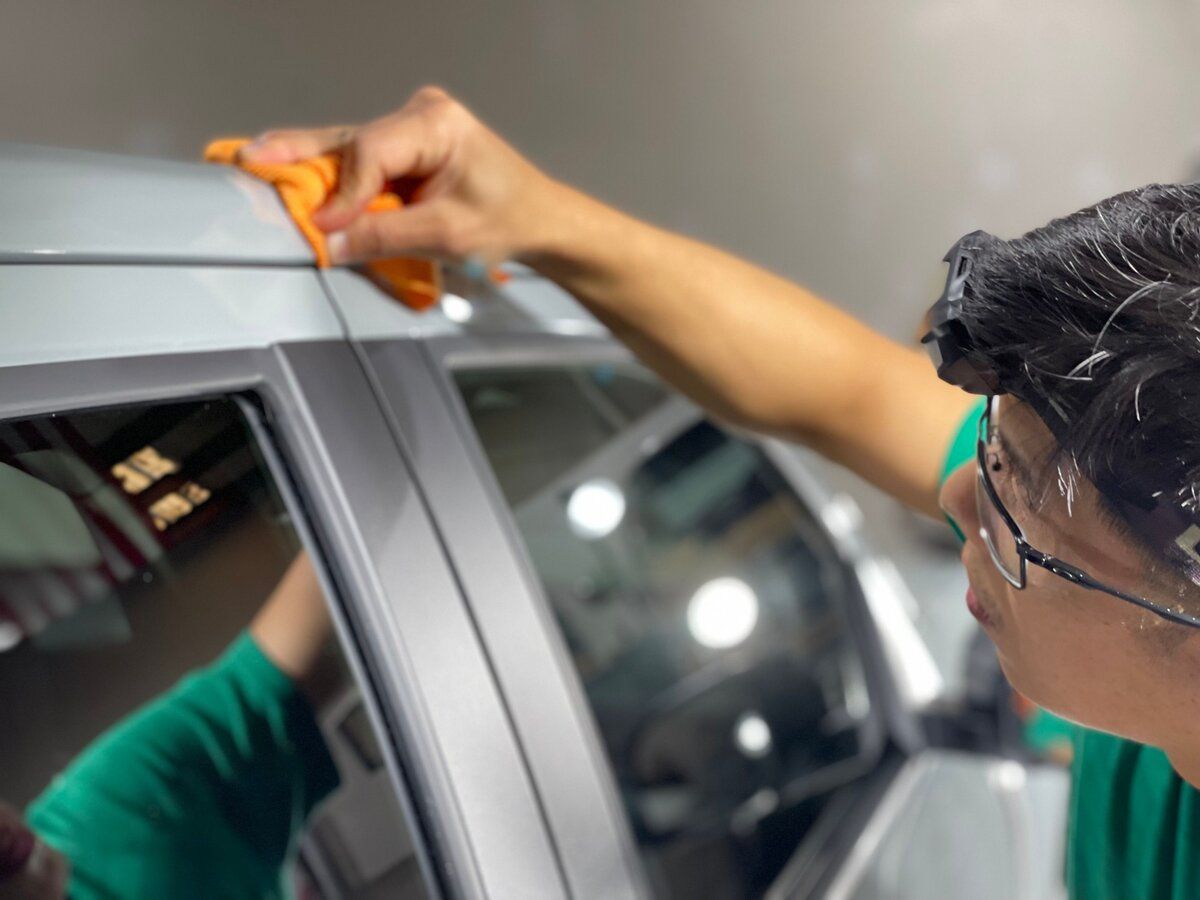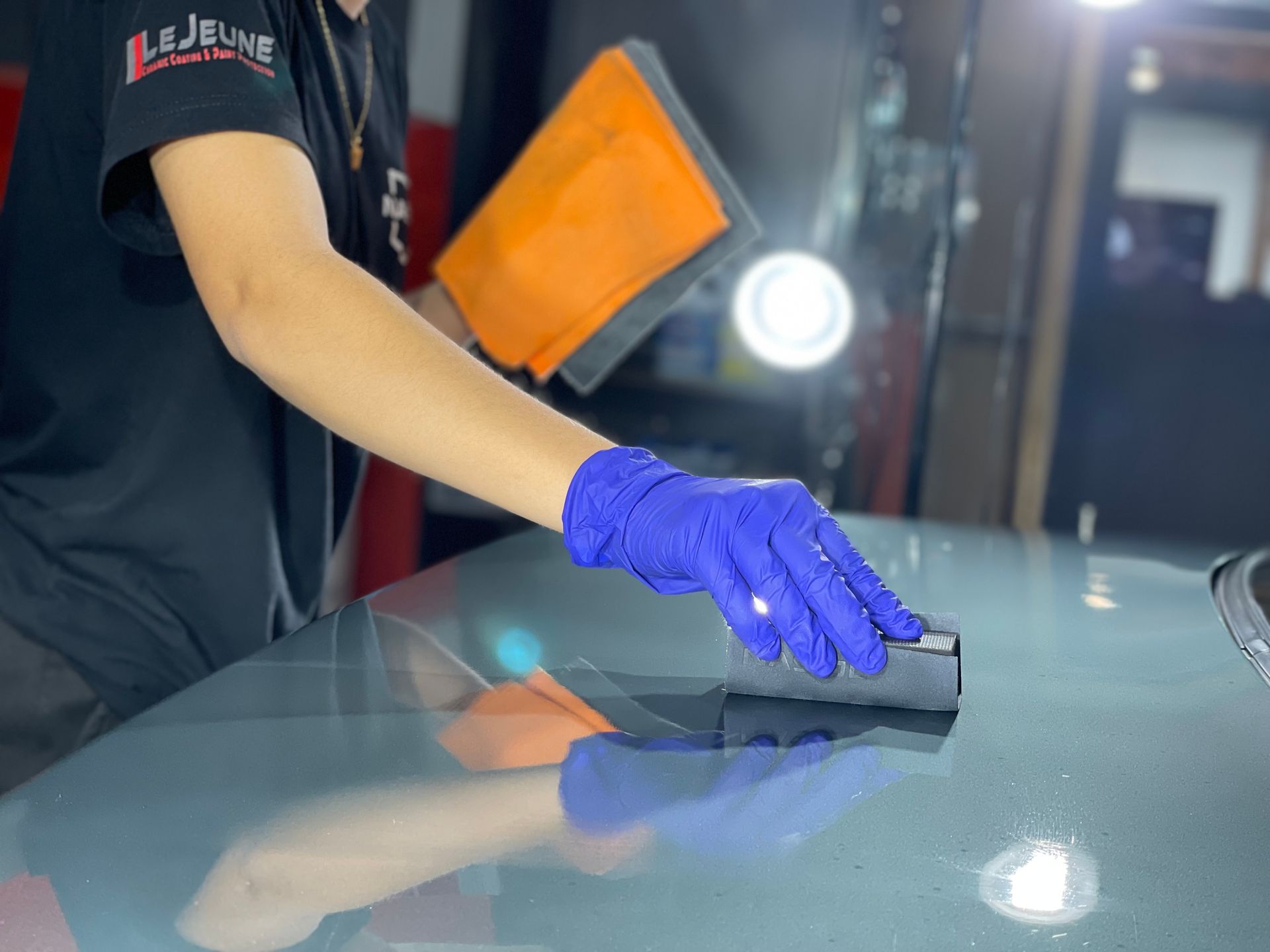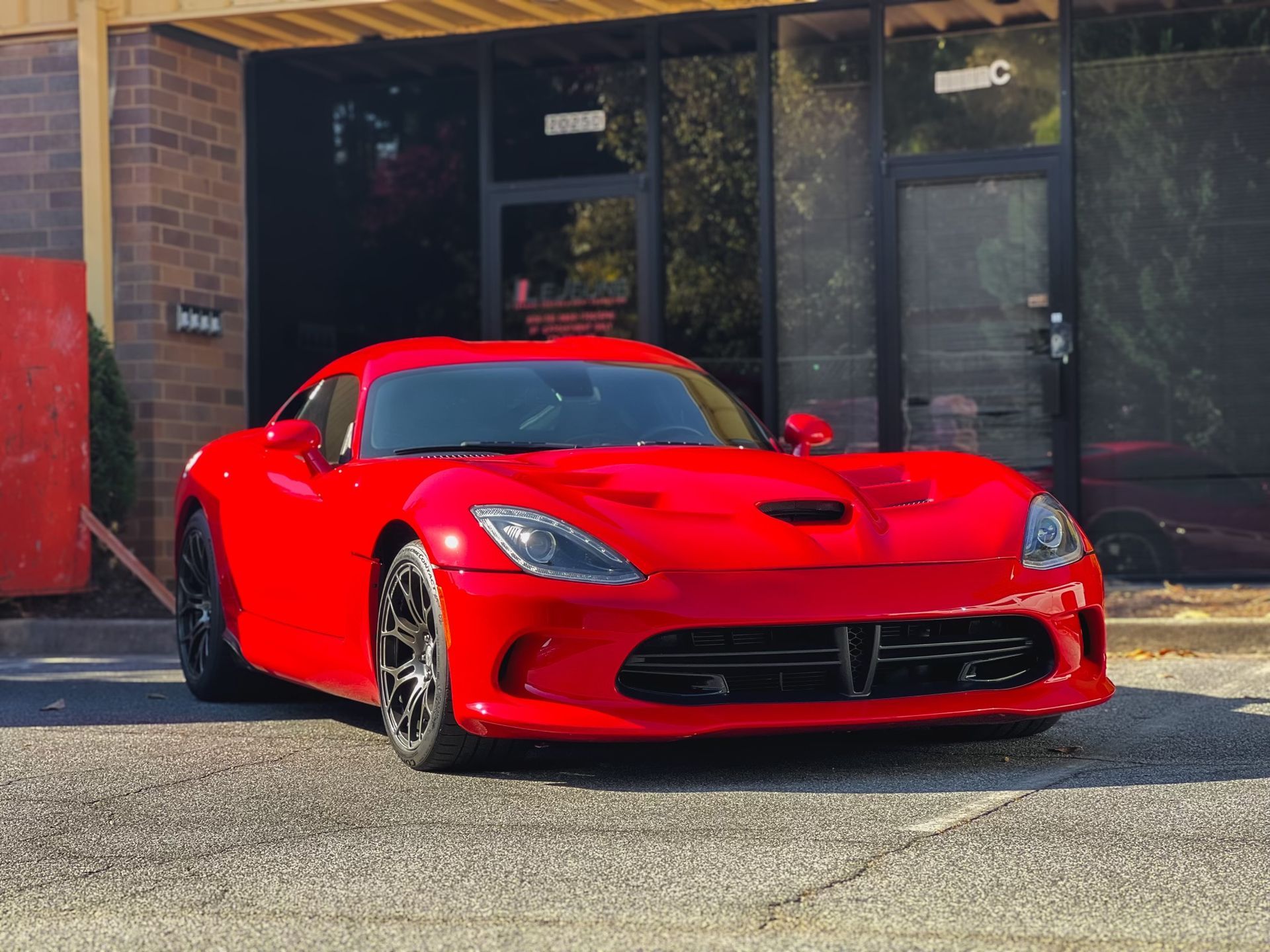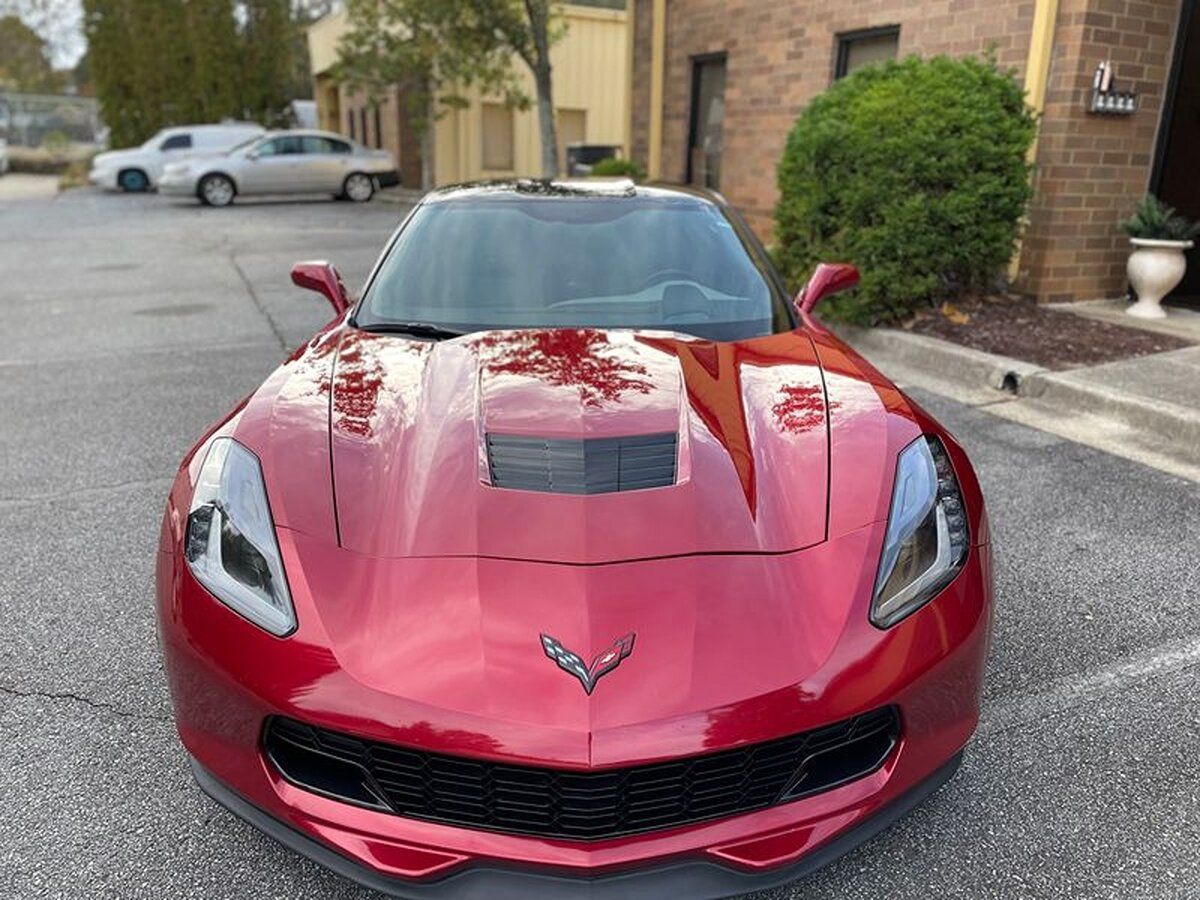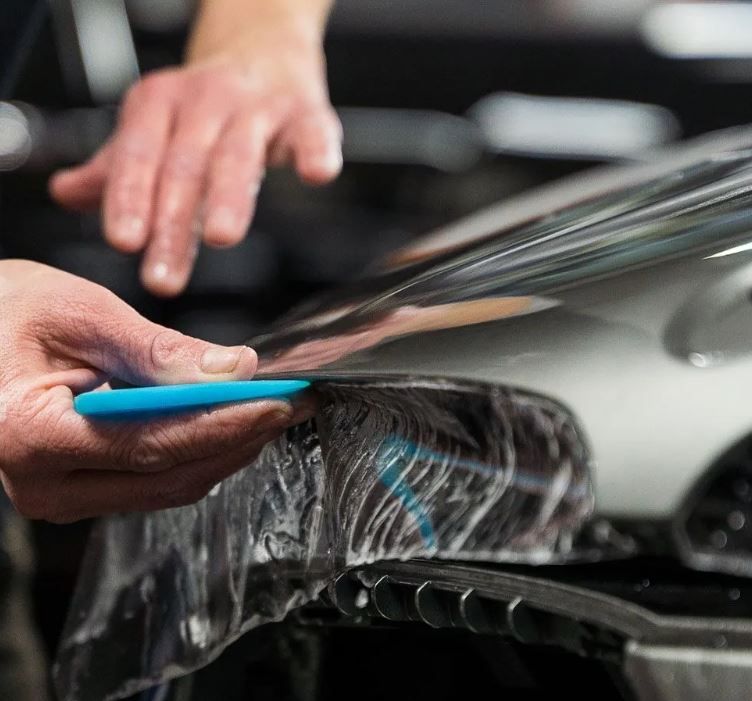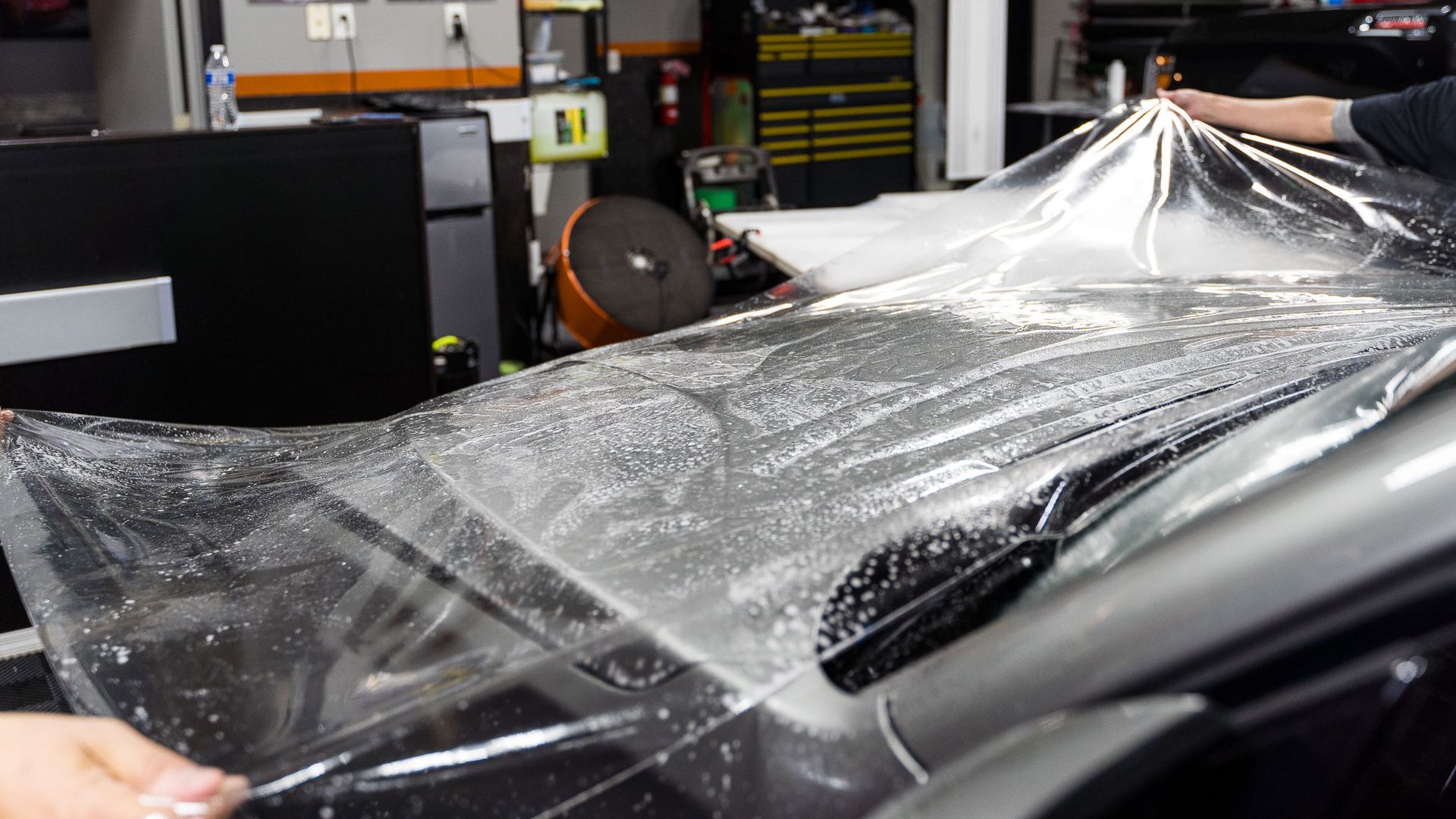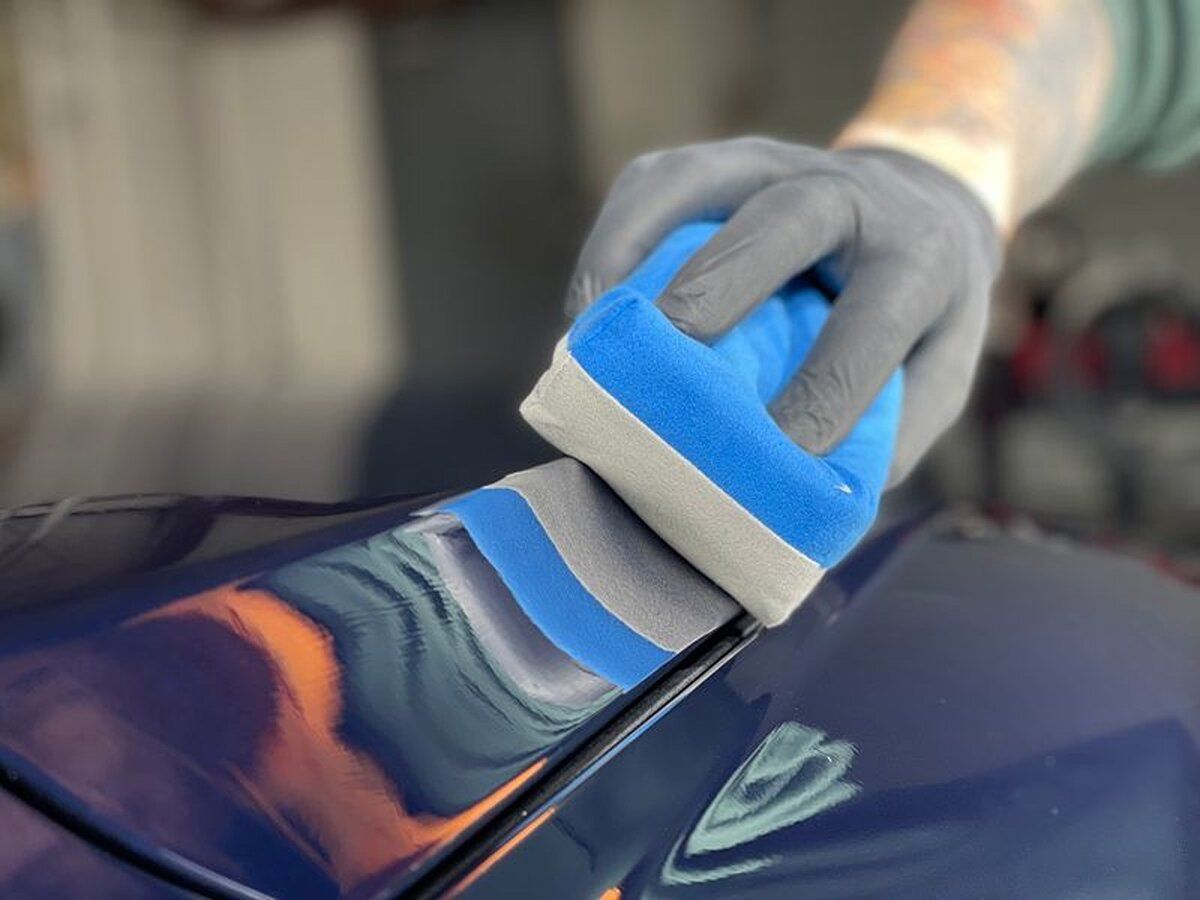By SEO Team
•
January 15, 2025
When it comes to keeping your vehicle looking brand new, the right protective measures can make a massive difference. If you've ever noticed chips or scratches on your car's paint and wished you could do something about it, you're not alone. Many car owners are realizing that a professional Paint Protection Film (PPF) installation is the smart solution for safeguarding their investment. Not only does it work wonders in maintaining your vehicle’s shine, but it also helps to ensure your car stays as pristine as the day you drove it off the lot. In this article, we’ll dive into the intricate world of PPF installation, exploring why hiring experienced professionals is crucial for achieving top-notch results on your complex vehicle surfaces. Professional PPF installers utilize specialized skills and techniques to effectively apply protective films on intricate vehicle surfaces, ensuring a seamless fit that preserves the aesthetic appeal of the vehicle. Their expertise allows them to navigate challenging curves, edges, and details that amateur installations may struggle with, providing superior protection against scratches, chips, and environmental damage. The Challenges of Complex Vehicle Surfaces Working on vehicles with intricate designs can feel like navigating a maze. The beauty and allure of modern car designs—think of sleek curves and sharp angles—add to their appeal but also make PPF installation more demanding. Each unique contour presents its own obstacle, requiring an installer to combine artistry with technical skill. Surface Variability Take, for example, the Lamborghini Aventador. Its multitude of sharp edges and deep contours isn't just there for aesthetics; it creates specific challenges in applying the protective film. Precision becomes not just important, but essential. If an installer doesn't pay meticulous attention to each edge, they risk compromising both the film's adhesion and the car's elegance. Other models, like the Tesla Cybertruck, with its stark angular geometries, serve as even tougher puzzles. You can't just slap on a piece of film and hope for the best; you have to work carefully around every crease—a process that is both technical and artistic. The skill involved in navigating these complexities can often determine the outcome of a project. Consequently, tackling such intricate surfaces demands not only exceptional craftsmanship but also the right set of tools. Tools and Techniques When it comes to installing PPF on these unique surfaces, having specialized tools is non-negotiable. Tools like heat guns are essential for warming up the film material, allowing it to stretch and fit snugly around complex shapes without tearing or leaving bubbles behind. Corner rollers are used to smooth out film in tight areas, while specialized squeegees help push out air and excess moisture from beneath the film. Yet having the right tools is only half the battle. The expertise in employing these tools effectively can mean the difference between a flawless finish and a less desirable outcome. For instance, applying too much heat from a heat gun can distort the film, whereas insufficient pressure during application may leave air pockets that compromise durability. All these factors underscore why hiring professional installers who possess top-notch tools and experience with complex vehicle shapes is invaluable. They know how to manipulate materials and techniques to ensure that every curve fits seamlessly—much like an artist crafting a masterpiece. Navigating these intricacies sets the stage for understanding more sophisticated methods that enhance PPF application effectiveness. Advanced Techniques for PPF Application One crucial technique employed by skilled installers is precision cutting and fitting. This method utilizes computer-aided design (CAD) software to develop accurate patterns tailored specifically to each vehicle model. The beauty of CAD patterns lies in their ability to take the guesswork out of the installation process, ensuring that every piece fits perfectly. According to a survey conducted by the International Detailing Association, over 70% of top-tier installers report that using CAD significantly increases the efficiency and accuracy of their installations. This data speaks volumes about how valuable precision is in this industry. However, it doesn’t stop at precision cutting—there’s another layer of expertise that installers bring to the table. The next technique involves utilizing specialized application methods. One popular approach is the wet application method, which entails using a soapy water solution to position the film before it fully adheres. This innovative technique provides several advantages; it grants installers a greater degree of control when applying the film, particularly around challenging curves and contours. Expert installer John Doe from "Ultimate Wraps" perfectly summarizes its benefits: “Wet application allows me more control over the film, especially around complex curves.” By creating a slippery interface with the soapy water, novice and experienced installers alike can manipulate the film more easily until it is positioned precisely as intended. For anyone looking to achieve professional-level results at home, trying their hand at a wet application might be worth considering. Moving beyond these foundational techniques, there are also additional practices that professional installers employ to ensure perfect adhesion and longevity of PPF. Another essential aspect to consider is proper surface preparation before installing the film. Ensuring that the vehicle's surface is clean and free from contaminants not only aids adhesion but also prolongs the life of the PPF itself. Installers often use specialized cleaning solutions and microfiber cloths to eliminate dust, dirt, or oil—elements that could compromise the installation if left unchecked. By implementing these advanced techniques—precision cutting with CAD technology and specialized wet application methods—alongside meticulous surface preparation, professionals dramatically enhance not just aesthetic appeal but also protection against scratches or wear on complex vehicle surfaces. As we explore further, it's essential to understand what materials contribute significantly to these expert practices and overall effectiveness in protecting vehicles.
